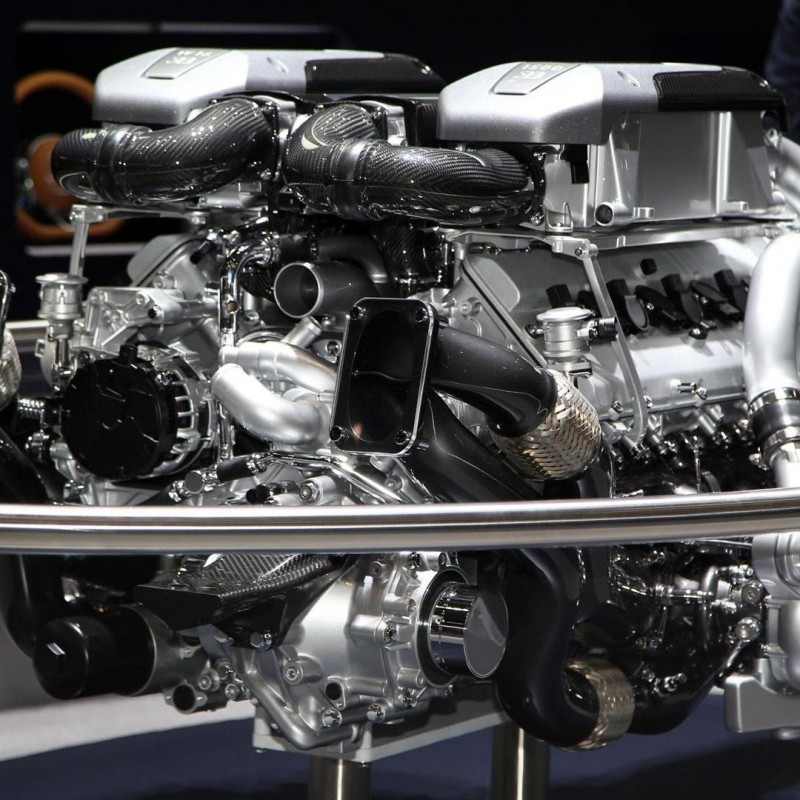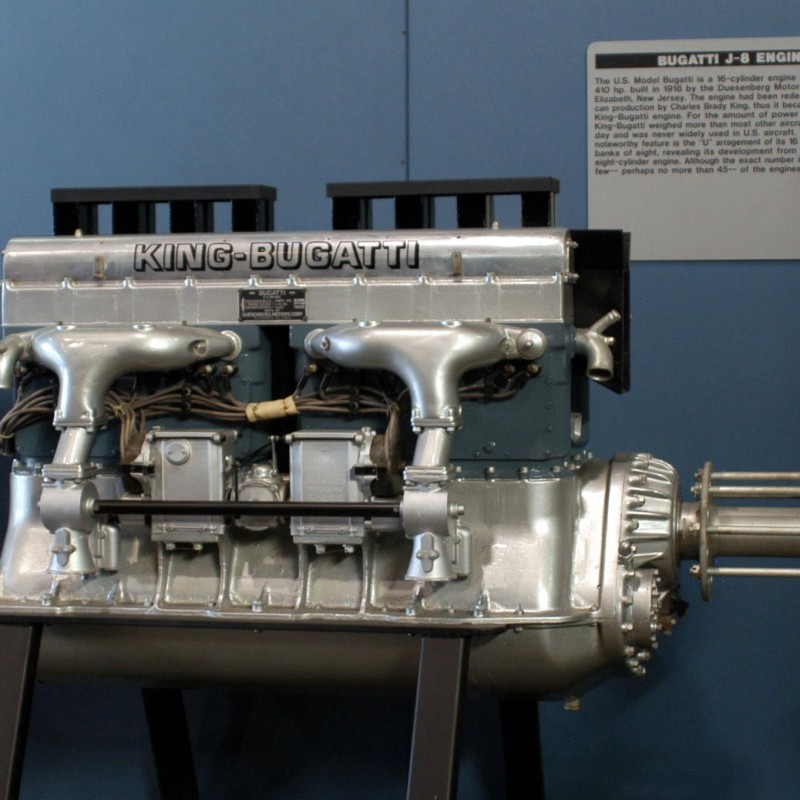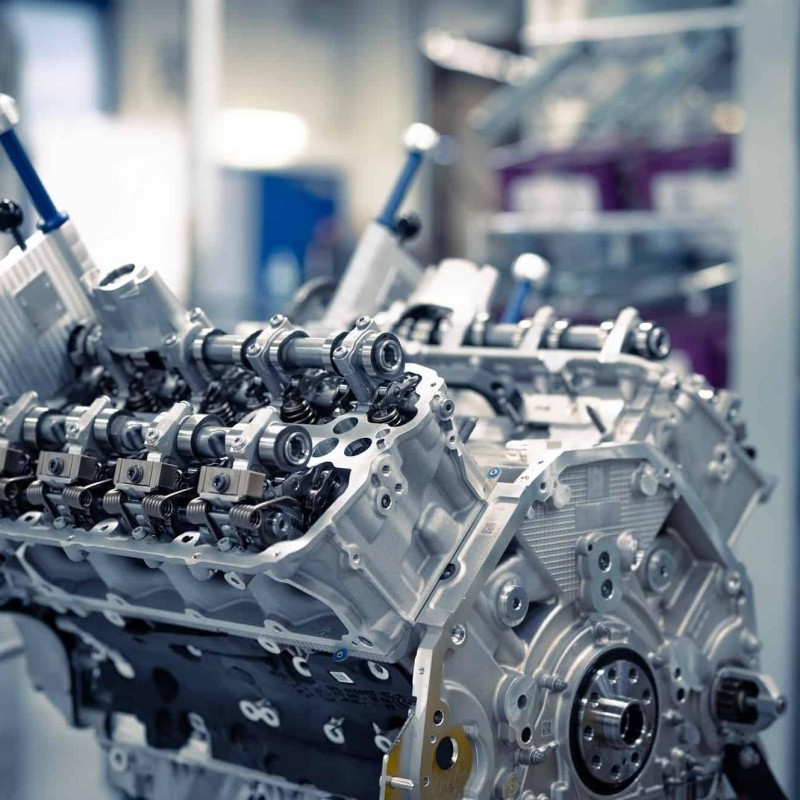V8 engine cars have long held a special place in the hearts of automotive enthusiasts, celebrated for their powerful performance and deep, resonant growl. Originating in the early 20th century, the V8 engine design revolutionized the automotive industry by offering an ideal balance of power and efficiency. With eight cylinders arranged in a V configuration, these engines deliver robust horsepower, making them a popular choice for high-performance vehicles and muscle cars. V8 engine cars dominate various segments, from luxury sedans to rugged trucks, proving versatility and robust performance. In this comprehensive guide, we will explore the history of V8 engines, their engineering, the practical advantages they provide, notable models, and their future in an increasingly electrified automotive landscape. Whether you’re a car enthusiast or simply curious about automotive technology, this article aims to provide valuable insights into the world of V8 engine cars.
The History of V8 Engines
To appreciate the significance of V8 engine cars, it’s important to explore the historical development of V8 engines themselves.
Early Innovations
The concept of the V8 engine traces back to the early 1900s. The first successful V8 engine was designed by French engineer Léon Levavasseur in 1902, known as the Antoinette engine. It was initially used in aircraft, where the need for high power-to-weight ratios was paramount. However, the design soon captured the attention of automotive engineers.
American Adoption
In the 1910s, American automotive companies began experimenting with the V8 layout. Cadillac introduced the first mass-produced V8 engine in 1915, which boasted a displacement of 5.5 liters. This engine allowed Cadillac to elevate their reputation for performance and luxury, setting the stage for subsequent developments in the V8 category.
The Golden Age of Muscle Cars
The 1960s and 1970s are often referred to as the golden age of muscle cars, during which V8 engine cars exploded in popularity. Manufacturers like Ford, Chevrolet, and Dodge released iconic models such as the Ford Mustang, Chevrolet Camaro, and Dodge Challenger. The combination of powerful V8 engines and lightweight chassis led to astounding performance, and these cars became symbols of American automotive culture.
Technological Advancements
As technology progressed, V8 engines underwent numerous enhancements. Innovations like fuel injection, turbocharging, and variable valve timing increased efficiency and power output while reducing emissions. These advancements have allowed V8 engine cars to remain relevant amid rising fuel economy standards and environmental concerns.
V8 Engine Design and Functionality
Understanding how V8 engines operate is essential for appreciating their performance capabilities. Here’s a look at the design and functionality behind these powerful powertrains.
Configuration and Mechanics
A V8 engine consists of eight cylinders arranged in two banks of four, forming a “V” shape. This arrangement allows for a compact and balanced engine design, which can produce higher power outputs without becoming excessively long or heavy. Each bank of cylinders fires in a coordinated sequence, contributing to the engine’s smooth operation.
Engine Components
Key components of a V8 engine include:
- Pistons: The moving components that convert fuel into mechanical energy.
- Crankshaft: The main rotating shaft that converts linear motion from the pistons into rotational force that drives the vehicle.
- Cylinder Heads: Encapsulate the upper part of the cylinders, housing valves, and fuel injectors.
- Valves: Allow the intake of air-fuel mixture and the expulsion of exhaust gases.
Engine Displacement
Engine displacement refers to the total volume of all the cylinders in the engine. V8 engines typically range from 4.0 liters to over 7.0 liters, with larger displacements generally translating into greater power output. Displacement is a crucial consideration for performance enthusiasts and engineers alike, as it directly affects horsepower and torque.
Performance Metrics
When discussing V8 engine cars, key performance metrics often include horsepower, torque, and acceleration figures. Horsepower represents the engine’s maximum power output, while torque indicates the engine’s ability to do work (accelerate the vehicle).
Fuel Type and Efficiency
While most V8 engines use gasoline, some manufacturers produce flexible-fuel versions that can run on both gasoline and ethanol blends. In recent years, the focus on efficiency has led to the development of technologies like cylinder deactivation, allowing the engine to conserve fuel by shutting down certain cylinders during light-load conditions.
The Advantages of V8 Engine Cars
Choosing a V8 engine car comes with a host of advantages that appeal to various drivers and automotive enthusiasts. Here are some of the primary benefits associated with these powerful engines:
Exceptional Power and Performance
One of the most significant advantages of V8 engines is their sheer power output. The combination of higher displacement and greater torque results in quick accelerations and impressive performance, making V8 engine cars enjoyable to drive.
Smooth Operation
V8 engines are known for their smoothness and balance due to the V configuration. The firing order and engine design contribute to reduced vibrations, creating a more pleasant driving experience.
Enhanced Towing Capacity
Many V8 engine cars also belong to the truck category, where their high torque levels allow for enhanced towing capabilities. This makes them suitable options for drivers requiring heavy-duty vehicles for hauling trailers, boats, or equipment.
Broad Availability
V8 engines are widely available across multiple automotive segments, from luxury sedans to SUVs and sports cars. This accessibility makes it easier for consumers to find a V8 engine car that fits their preferences and needs.
The Thrill of Driving
For many enthusiasts, the driving experience offered by a V8 engine car is unmatched. The sound, power delivery, and connection to the road create an engaging and exhilarating driving experience that captures the essence of performance.
Popular V8 Engine Cars
The automotive market is replete with iconic V8 engine cars that have shaped automotive history. Here’s a closer look at some popular models:
Ford Mustang
The Ford Mustang has been an American icon since its introduction in 1964. With various V8 engine options available over the decades, the Mustang consistently delivers thrilling performance and a dynamic driving experience. Whether you opt for the GT or the high-performance Shelby models, the Mustang showcases what a V8 engine can do on the road.
Chevrolet Camaro
Competing directly with the Mustang is the Chevrolet Camaro, a fan favorite for muscle car enthusiasts. The Camaro’s aggressive styling and powerful V8 offerings, including the LT1 and ZL1 models, make it a standout option for those seeking performance and style.
Dodge Challenger
The Dodge Challenger is known for its retro aesthetics and powerful V8 engine lineup, including the legendary HEMI engines. With horsepower options surpassing 700 on the Challenger Hellcat, it appeals to performance aficionados who crave unparalleled power.
Chevrolet Corvette
The Chevrolet Corvette represents the pinnacle of American sports cars. With its mid-engine V8 layout, robust performance, and sleek design, the Corvette offers an exhilarating driving experience that exemplifies the capabilities of V8 engines.
GMC Sierra and Chevrolet Silverado
In the truck segment, GMC Sierra and Chevrolet Silverado stand out with their powerful V8 offerings. These trucks are not only rugged and capable of heavy-duty towing but also provide impressive acceleration and performance on the road.
Maintenance Considerations for V8 Engine Cars
Maintaining a V8 engine car requires attention to detail and a commitment to regular service. Here are some critical considerations for keeping your V8 engine operating at its best:
Regular Oil Changes
Engine oil is essential for lubricating moving parts and reducing friction. Regular oil changes help maintain engine health and performance. Depending on your driving habits, you should change the oil every 5,000 to 7,500 miles or as recommended by the manufacturer.
Monitoring Coolant Levels
V8 engines generate significant heat, so maintaining proper coolant levels is vital. Regularly check the cooling system and top off coolant as necessary to avoid overheating issues.
Spark Plug Replacement
Over time, spark plugs can wear out, leading to decreased performance and fuel efficiency. Follow the manufacturer’s recommendations for when to replace spark plugs to ensure optimal engine operation.
Fuel Quality
Using high-quality fuel formulated for performance engines can make a difference in how your V8 runs. Higher octane fuels can help prevent knocking and improve performance, particularly in high-performance models.
Routine Inspections
Periodically inspect belts, hoses, and other components for wear and tear. Address any issues immediately to prevent breakdowns or extensive repairs down the line.
The Future of V8 Engine Cars
The automotive industry is experiencing a shift toward electrification, so the future of V8 engine cars is a hot topic among enthusiasts and manufacturers alike. Here are some trends to keep in mind:
Hybrid and Electrified V8 Options
Some manufacturers are exploring hybrid technologies that incorporate V8 engines. By combining electric power with internal combustion, these vehicles aim to improve efficiency while retaining the classic V8 feel and power.
Increased Emphasis on Performance
With evolving regulations demanding better fuel efficiency and lower emissions, manufacturers are investing in technologies that enhance V8 performance. Technologies such as direct injection, turbocharging, and cylinder deactivation will likely play a role in the evolution of V8 engines.
Changing Consumer Preferences
As consumers become more eco-conscious, interest in electrification may increase. This shift could lead to a decline in traditional V8 platforms; however, there remains a passionate market for performance-oriented vehicles. It will be fascinating to see how manufacturers adapt to changing preferences.
The Classic V8 Legacy
Despite the influx of electric vehicles, the classic V8 engine has left an indelible mark on automotive history. Performance enthusiasts will continue to appreciate and celebrate the craftsmanship and power of V8 engine cars.
Conclusion
Understanding the landscape of V8 engine cars illuminates the powerful connection many drivers have with these machines. With a storied history and innovations that have kept pace with technological advancements, V8 engines continue to evoke excitement among performance enthusiasts.
From exploring their rich heritage and performance advantages to examining popular models and maintenance considerations, this guide aims to provide comprehensive insights into all things V8 engine-related. The roaring sound and unmatched power delivered by these engines create a driving experience that is both exhilarating and immersive.
As the automotive landscape evolves and shifts toward electrification, the legacy of V8 engines will undoubtedly continue to inspire future generations of car enthusiasts. Whether you’re behind the wheel of a classic muscle car or a modern performance vehicle, the influence of V8 engines brings a sense of joy and excitement to the driving experience that many will cherish for years to come.
Tags: Automotive Enthusiasm, Engine Performance, Muscle Cars, v8 engine cars